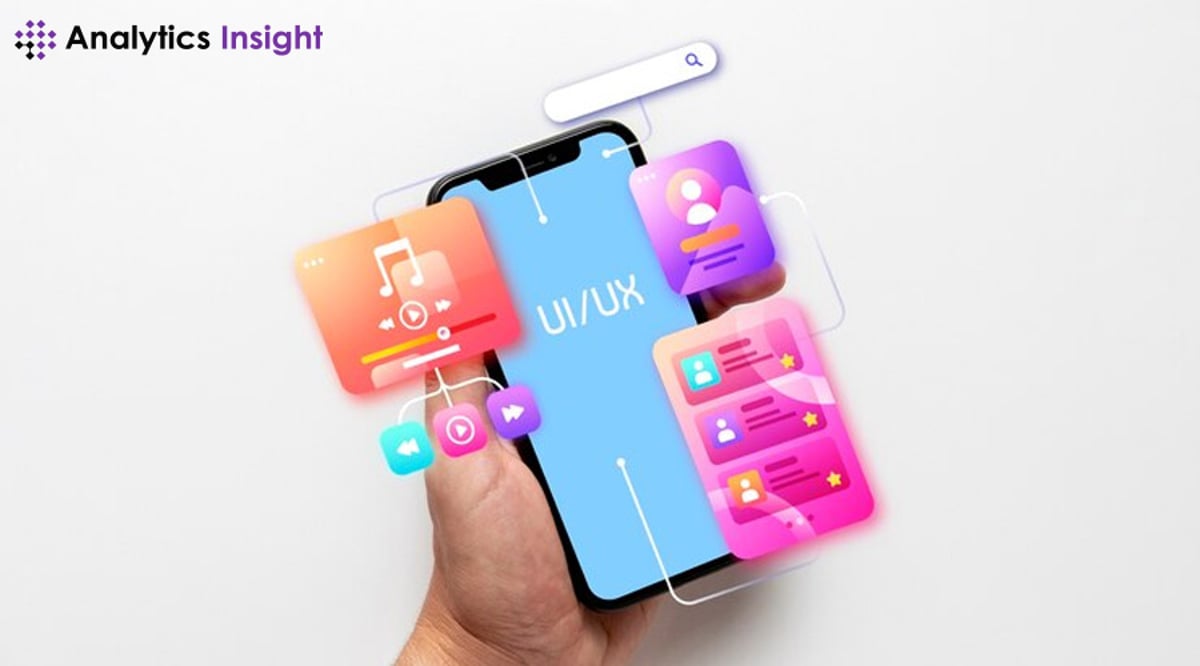1. What is AI-driven UI/UX?
It is the application of artificial intelligence to design adaptive, predictive, and personalized user interfaces and experiences.
2. How can AI improve UI/UX design?
AI-powered UX will improve the user interface as it automates tasks, personalize experiences based on user data, and provide analytics on continuous improvement of user interfaces.
3. What are the career opportunities in AI-based UI/UX?
In practice, these are AI-UX designers, AI interaction specialists, data-driven UX strategists, among many others, who specialize in various applications of AI to effectively improve user experiences.
4. What skills are needed to pursue a career in AI-based UI/UX?
Key competencies include expertise in AI and machine learning, data analytics, design thinking, prototyping, user research, NLP, computer vision, ethical AI, collaboration, and adaptability.
5. How do you train for an AI-based UI/UX job?
You can train for this kind of interdisciplinary work through domain-specific courses, getting certified through the process of routine AI-based design methodologies, hands-on workshops with AI tools, and staying up-to-date on changing industry trends.
